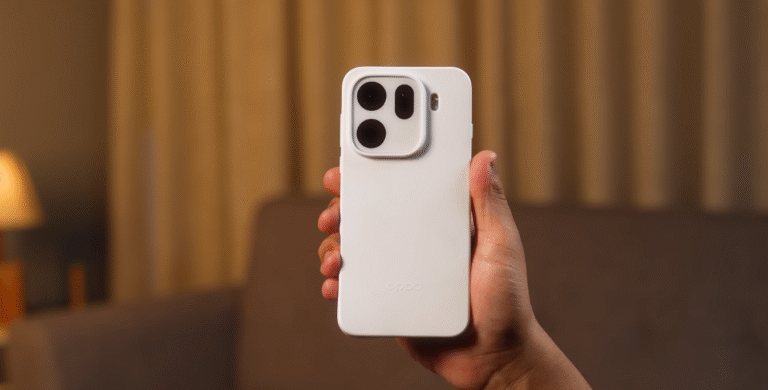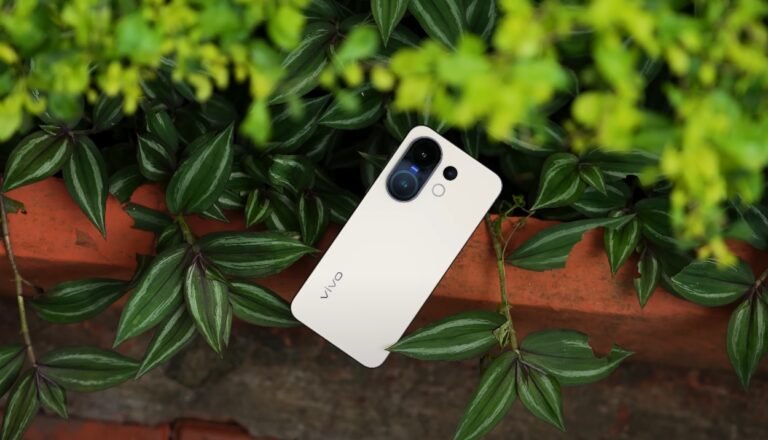UK consumers discuss iQOO Neo 11’s dual-camera setup and OIS upgrade

Reactions Grow Over iQOO’s New Camera Strategy
The upcoming iQOO Neo 11 is already generating discussion among UK tech enthusiasts, particularly around its new dual-camera configuration and the inclusion of optical image stabilization (OIS). Early details shared by the company reveal that the Neo 11 will feature a 50-megapixel main sensor with OIS support and an 8-megapixel ultra-wide lens. These specifications mark a shift in iQOO’s design philosophy, focusing more on practical photography improvements rather than adding multiple lower-quality sensors.
Many UK consumers have highlighted the benefit of OIS in everyday photography, especially in low-light conditions and while recording video. OIS helps reduce motion blur and stabilize handheld shots, which has been a major selling point for phones from Samsung and Google. By offering this feature in a more affordable device, iQOO appears to be targeting users who want professional-level photo stability without paying flagship prices.
The ultra-wide lens is also being well-received in early discussions across UK tech forums. Users appreciate the flexibility it offers for group photos, landscapes, and travel photography. Some buyers have compared this setup favorably to competitors in the mid-range segment, noting that iQOO seems to prioritize real performance over marketing gimmicks. The company’s emphasis on clarity and stabilization could make the Neo 11 a practical option for creators and casual photographers alike.

However, there are questions about software optimization. UK users who have previously imported iQOO devices have noted that while hardware is strong, the image processing software sometimes lags behind brands like Google’s Pixel, which is known for computational photography. This means that while the Neo 11’s sensors and OIS hardware may be impressive, consistent color accuracy, HDR balancing, and night mode performance will ultimately determine its real-world success.
Another factor being discussed is how iQOO positions the Neo 11 in the UK market. If priced strategically, it could undercut Samsung’s Galaxy S23 FE and Google’s Pixel 8a, both of which are praised for their camera quality. Analysts suggest that a competitive launch price with full UK software and after-sales support would give iQOO a strong chance to attract value-conscious consumers who want flagship features without the premium cost.
Some users remain cautious about iQOO’s long-term software update policy. For the UK market, consistent Android updates and localized camera tuning are essential for maintaining user trust. Enthusiasts point out that brands like Samsung and Google offer multi-year update guarantees, which help justify their higher prices. iQOO’s commitment to the same level of support will be crucial if it wants to be seen as a serious challenger.
Despite the uncertainties, the general sentiment in UK online communities is optimistic. Many early observers see the iQOO Neo 11’s dual-camera setup and OIS upgrade as a sign that the brand is maturing and moving closer to global standards. If iQOO delivers on its promises and launches the Neo 11 in the UK with a polished camera experience, it could emerge as one of the strongest new alternatives in the mid-to-premium smartphone category.






